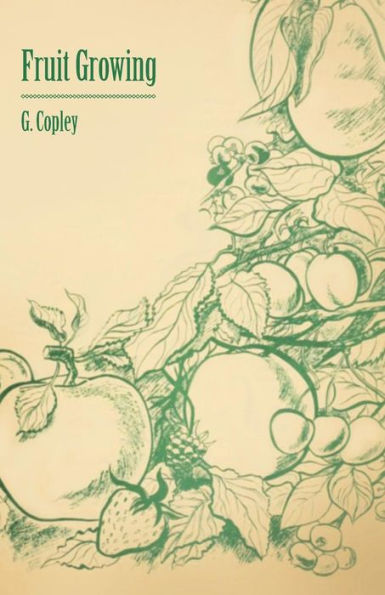Home
Citrus Fruit Growing Guide for Beginners: Storing and Caring for your Citrus Fruits



Citrus Fruit Growing Guide for Beginners: Storing and Caring for your Citrus Fruits
Current price: $8.99
Loading Inventory...
Size: OS
Citrus, a genus within the Rutaceae family, encompasses an array of evergreen trees and shrubs bearing fruits such as oranges, lemons, limes, grapefruits, and more. These fruits are not only renowned for their vibrant flavors but also for their nutritional value, versatility in culinary applications, and economic significance in agriculture.
Citrus plants exhibit incredible diversity in terms of species, varieties, and cultivars. From the diminutive calamondin to the towering pomelo, each citrus variety brings its unique flavor profile, growth habits, and climatic preferences. The genus Citrus comprises over 16 species, with numerous hybrids and cultivars, each with its distinctive characteristics.
Botanically, citrus plants typically possess glossy, leathery leaves, often fragrant when crushed, and bear fragrant, waxy flowers. Their growth patterns can vary widely: some grow as small shrubs suitable for container gardening, while others develop into sizable trees that form lush canopies. Understanding the life cycle of citrus fruits is pivotal in their cultivation. These plants undergo a fascinating process from flowering to fruit set and maturation. The duration from blossom to ripe fruit can vary among different citrus types, influenced by factors like climate, soil, and care practices. Recognizing the signs of ripeness and knowing the optimal harvesting time are crucial aspects of successful citrus cultivation.
Citrus plants thrive in specific environmental conditions. They have preferences for climates with mild winters and warm, sunny summers, although some species exhibit adaptability to different climates. Well-draining soil, adequate sunlight, and appropriate watering routines are fundamental for their growth and fruit production. Beyond their botanical significance, citrus fruits hold immense economic importance worldwide. They contribute significantly to global agriculture, serving as a vital source of income for many regions. Moreover, these fruits are deeply embedded in various cultures and cuisines, symbolizing freshness, vitality, and zest. The fundamentals of citrus plants lays the groundwork for successful cultivation. This chapter serves as a gateway to delve deeper into the nuances of nurturing these remarkable plants, covering everything from selecting suitable varieties to providing optimal care, and eventually harvesting the bountiful fruits they yield. Mastery of these aspects not only ensures a thriving citrus garden but also fosters an appreciation for the marvels of nature and the art of cultivation.











